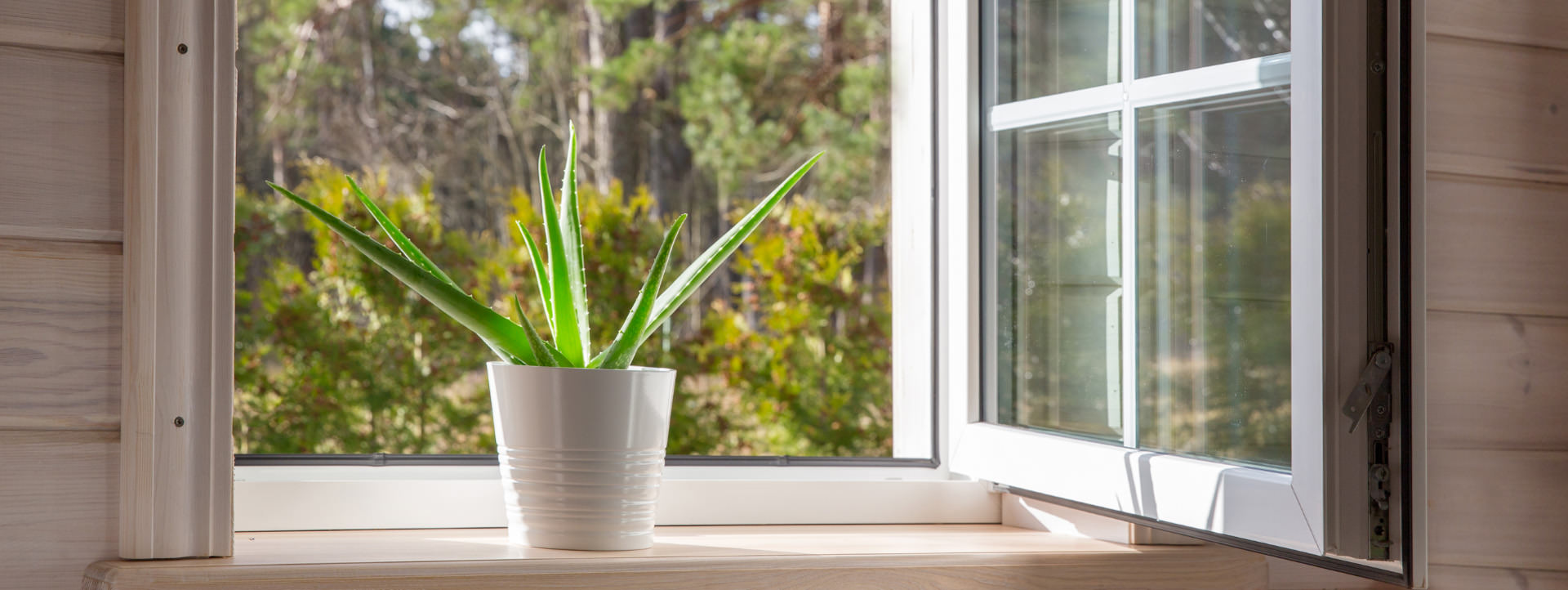
Timber - PVC - Aluminium - Windows, Doors & Conservatories in Dorset
Window Shopping
Window Shopping
The silver lining for the homeowner is that innovation in window and door technology over the past few years has delivered a gargantuan leap forward in performance, delivering better products and greater choice.
We have been around since 1983 and in that time we have seen massive advances in window security, aesthetics and thermal efficiency. The technology in the products that we’re fitting today is unrecognisable compared to that of 30 years or so ago – advances across the board have been huge.
This rings particularly true in thermal efficiency – probably the single biggest reason why people buy new windows. There are a heady mix of factors that govern window performance and it’s all too easy to get confused.
There are two systems for rating the performance of windows and doors – U-values and Window Energy Ratings (WERs). U-Values assess a product on how effective it is at keeping heat in or how much heat is lost through it, as a single measure of performance.
Window Energy Ratings do the same and use the U-Value (heat loss) but also balance heat loss against solar gain (warmth which passes into the room from the sun) and also throw into the mix additional heat loss through air penetration.
This not only sounds complicated but is! However, fortunately for the rest of us, the WER system uses more or less the same system that is used on fridges, washing machines and Home Energy Performance Certificates to give windows a ranking from ‘A/A+’ to ‘G’ using a ‘traffic-light’ type colour code.
To be compliant with building regulations, all new windows must achieve a minimum WER ‘C’ rating or U-value of 1.6 or less. Windows fitted today – whether timber, PVC or aluminium – go far beyond this minimum. For example, at KJM we supply an energy saving triple-glazed window with a U-value as low as 0.8W/m².K and WER off the A+ scale.
The window industry has also worked hard to shake-off a historically sometimes deserved reputation for supplying replacement windows that were ‘unsympathetic’ to the original property. Investing millions in developing products with slimmer sight-lines and also introducing a wide range of subtle colour choices and finishes, the industry has again moved on.
Progress has been particularly marked in PVC-U windows. Always popular among home owners for their low maintenance qualities but less so among building conservationists, colour choices, traditional jointing systems and flush casement finishes, make it very difficult to spot the difference between a traditional timber window and u-PVC.
Conversely wooden windows, which have always delivered strong aesthetics now deliver significantly improved weather performance and security.
Innovation has also been applied to other related products. The industry still supplies for example conservatories but also garden rooms – a conservatory/home extension hybrid – and orangeries, as a solution to contemporary demand for extra year-round living space. Ancillary products, for example bi-fold doors, give additional flexibility and appeal.
We’re seeing a growing number of homeowners opting for a higher specification conservatory or orangery as an investment in their property. These provide far more flexibility and year-round living space, for example for use as dining room, sitting room, or even gym. There are also a number of different options, for example you can add an atrium or ‘lantern’ roof to a ‘traditional’ brick extension.
Good installation businesses will make the time to talk you through all of these options and more. As providers of home improvement and building maintenance, they have access to a raft of products and among them there will be a range which is absolutely right for the character of your property and your specific need, whether that’s extra living space or making your home warmer and more secure.
Top tips for buying windows:
- Always buy from a FENSA accredited installer.
- Trading Standards, the Glass and Glazing Federation, Trust Mark and Check-a-Trade, can also help you find a reliable supplier.
- Make sure your installer is formally certified through a competent persons scheme to fit the product – if they don’t have the paperwork to prove it, your product isn’t rated.
- Make sure that if they do offer you a guarantee it’s worth having – how long have they been in business and will they be there in the future?
For more information visit kjmgroup.co.uk email sales@kjmgroup.co.uk or call 01264 359355.
Mark Pearce













